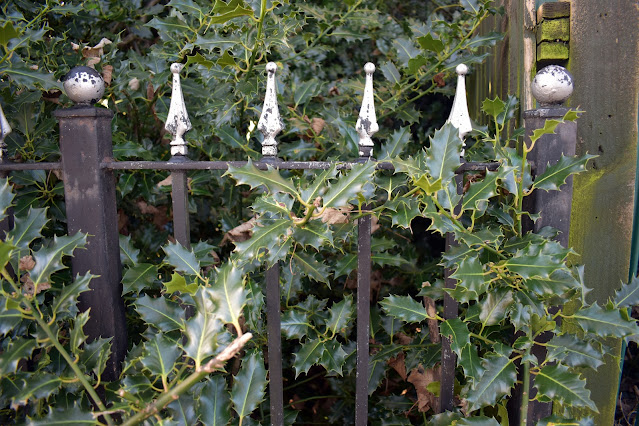Spring is just around the corner, and it's time to prepare your yard for the vibrant blooms of the season.
As the snow melts away and the days get longer, your garden awaits a rejuvenation after the winter slumber.
To ensure your yard is ready to burst with color and life, here are 10 essential steps to focus on yard cleanup and prepare for spring and summer flowers, including perennials and annuals.
10 Steps to Prepare Your Yard for Spring
Clear Away Debris: Start by giving your yard a thorough cleanup. Remove fallen branches, dead leaves, and other debris accumulated over the winter months. This step not only enhances the aesthetics of your yard but also helps prevent pests and diseases.
Inspect and Prune: Look closely at your trees, shrubs, and perennial plants. Trim back any dead or damaged branches to encourage healthy growth. Pruning also stimulates flowering in many plants, so don't be afraid to trim where necessary.
Prepare the Soil: Good soil is the foundation of a healthy garden. Turn over the soil in your flower beds to loosen it up and remove any weeds or old plant debris. Consider adding organic matter such as compost or aged manure to enrich the soil and provide essential nutrients for your plants.
Divide Perennials: Periodic division rejuvenates perennial flowers and promotes better growth and flowering. Spring is an ideal time to divide overcrowded clumps of perennials such as irises, hostas, and daylilies. Replant the divided sections in your garden or share them with friends and neighbors.
Inspect Bulbs: If you planted bulbs such as tulips, daffodils, or hyacinths in the fall, now is the time to check on them. Look for signs of growth and remove any debris covering the emerging shoots. Consider adding a layer of mulch to help retain moisture and suppress weeds around the bulb beds.
Plan and Plant Annuals: Annual flowers add instant color and variety to your garden. Research which annuals thrive in your climate and soil conditions, and plan your flower beds accordingly. Consider factors such as sunlight exposure, water requirements, and bloom times to create a harmonious display throughout the season.
Prep Flower Beds: Before planting annuals or transplanting seedlings, prepare your flower beds by amending the soil and adding any necessary fertilizers or soil amendments. Remove weeds and cultivate the soil to create a loose, well-draining planting environment.
Start Seeds Indoors: For certain annuals and vegetables, starting seeds indoors can give you a head start on the growing season. Invest in some seed trays, potting soil, and grow lights, and begin sowing seeds for flowers such as marigolds, zinnias, and cosmos. Transplant the seedlings outdoors once the danger of frost has passed.
Plan for Pollinators: Remember the pollinators as you design your flower beds! Choose various flowers that attract bees, butterflies, and other beneficial insects. Incorporate native plants and flowers with different shapes and colors to provide pollinators a diverse and inviting habitat.
Mulch and Water: Finally, after all your hard work, mulch your flower beds to help conserve moisture, suppress weeds, and regulate soil temperature. Water newly planted flowers thoroughly, especially during dry spells, to help them establish strong root systems.
By following these 10 steps, you'll be well on your way to a vibrant and flourishing garden that will delight you throughout the spring and summer months. With proper yard cleanup, soil preparation, and thoughtful plant selection, your outdoor space will become a haven for colorful blooms and buzzing pollinators. So roll up your sleeves, grab your gardening tools, and let the beauty of spring unfold in your yard!
ReviewThisReviews Gardening Guru:
Check out Raintree Annie's informative articles for more tips and advice on yards and gardens. She's always very helpful - You can scroll through many of them here.





























